 Image Source: Dietitians of Canada
Image Source: Dietitians of Canada
Canadians are looking for healthier ways of eating, a healthier planet and affordable food. To celebrate the 40th annual Nutrition Month, dietitians are focusing on the connection between food, public health and the environment. The sustainability movement has been growing in Canada and around the world. In this blog we define some key ingredients for a healthier tomorrow and sustainable food system.
Key Ingredients for a healthier tomorrow [1]
You probably know that dietitians provide life changing advice on nutrition and food choices to manage illness and promote health. But many dietitians are also involved in these areas of sustainability that could help create a healthier tomorrow.
- Improved Food Security
- “Food and nutrition security exists when all people at all times have physical, social and economic access to food, which is safe and consumed in sufficient quantity and quality to meet their dietary needs and food preferences, and is supported by an environment of adequate sanitation, health services and care, allowing for a healthy and active life.”[2]
- Food Literacy
- “Food literacy includes five main interconnected components: food and nutrition knowledge; food skills; self-efficacy and confidence; food decisions; and external factors such as the food system, social determinants of health, and socio-cultural influences and eating practices.”[3]
- Food Sovereignty
- “Food Sovereignty is the right of peoples to healthy and culturally appropriate food produced through ecologically sound and sustainable methods, and their right to define their own food and agriculture systems.”[4]
- Sustainable Food Choices (Diets)
- “Sustainable Diets are those diets with low environmental impacts which contribute to food and nutrition security and to healthy life for present and future generations. Sustainable diets are protective and respectful of biodiversity and ecosystems, culturally acceptable, accessible, economically fair and affordable; nutritionally adequate, safe and healthy; while optimizing natural and human resources”[5]
- Sustainable Food Systems“
- A food system that delivers food and nutrition security for all in such a way that the economic, social and environmental bases to generate food security and nutrition for future generations are not compromised.”[6] Figure 1 summarizes what sustainable food systems look like in Canada.
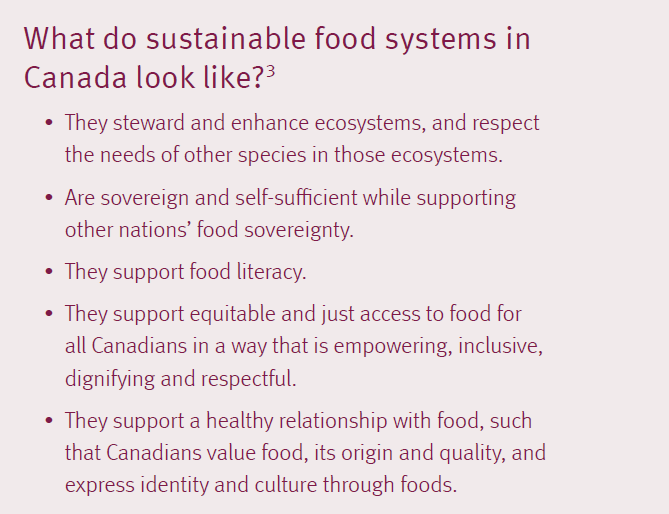
Figure 1. Source: Dietitians of Canada (2022) Nutrition Month Activity Guide
How to join the conversation and support action
It can be challenging to know where to start with change towards a healthier you and a healthier planet. The Dietitians of Canada share 5 tips for reducing the environmental footprint of your diet:
- Reduce food waste
Check out our tips to Double down on reducing food waste, Put the freeze on food waste, and - Eat to satisfy your hunger and support your health
Read more tips on 5 smart snacks and What’s Your Food Personality? - Buy local products
Read more about the meaning of local! - Choose a healthy and balanced diet
Read our highlights from a sustainable eating conference - Talk to a dietitian for credible, life changing advice
Read more about Why work with a dietitian?
Do you have a food or nutrition question? Ask us and we’ll feature it in our Ask a Dietitian posts. Registered Dietitians are the most trusted food and nutrition experts who are committed to helping Canadians enjoy nutritious, sustainable, and affordable and healthy eating.
Written by Lucia Weiler, BSc, RD, PHEc, Award-winning dietitian and Co-Founder, n4nn
[1] Dietitians of Canada (2022) Nutrition Month Activity Guide https://www.dietitians.ca/News/2022/Nutrition-Month-2022-Ingredients-for-a-Healthier-T
[2] Committee on World Food Security, Food and Agriculture Organization (2012) https://www.fao.org/3/MD776E/MD776E.pdf
[3] Nutrition Connections. Effective education strategies to increase food and nutrition knowledge in children and youth (2019) https://nutritionconnections.ca/resources/effective-education-strategies-to-increase-food-and-nutrition-knowledge-in-children-and-youth/
[4] What is Food Sovereignty. Food Secure Canada (Accessed 2022) https://foodsecurecanada.org/who-we-are/what-food-sovereignty
[5] Burlingame B, Dernini S. Sustainable Diets and Biodiversity: Directions and Solutions for Policy, Research and Action. (2012) https://www.fao.org/3/i3004e/i3004e.pdf
[6] Nutrition and Food Systems. A report by the High Level Panel of Experts on Food Security and Nutrition of the Committee on World Food Security (2017) https://www.fao.org/fileadmin/user_upload/hlpe/hlpe_documents/HLPE_Reports/HLPE-Report-12_EN.pdf



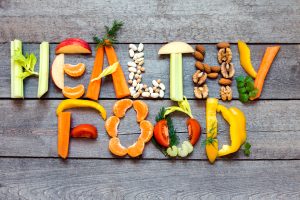

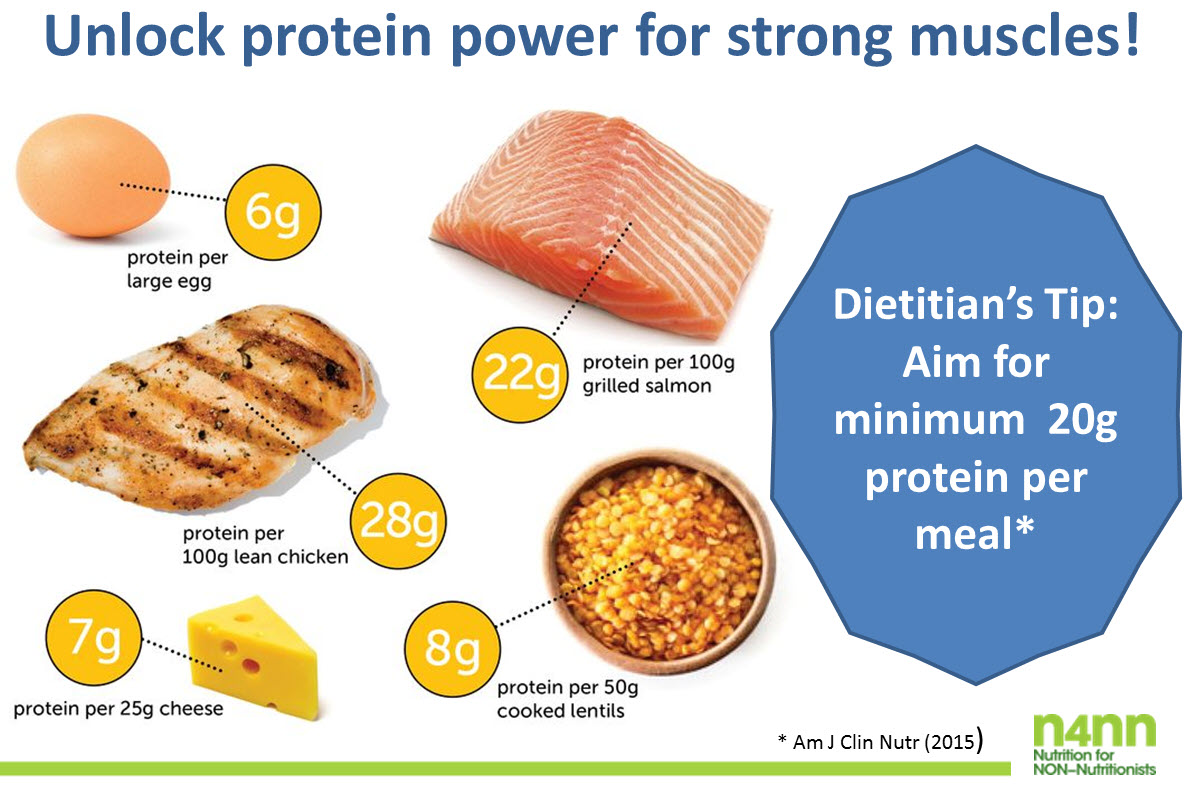
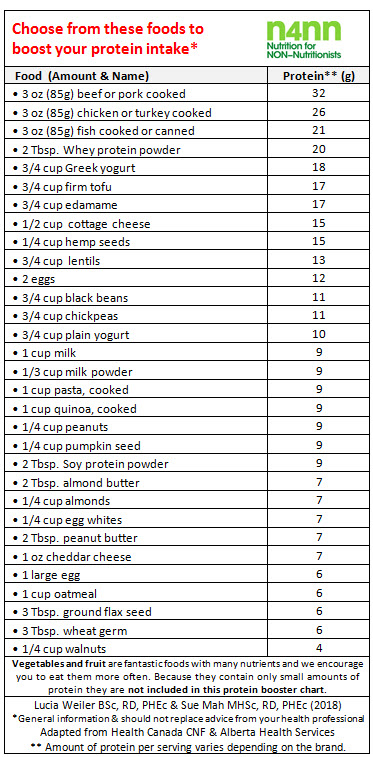
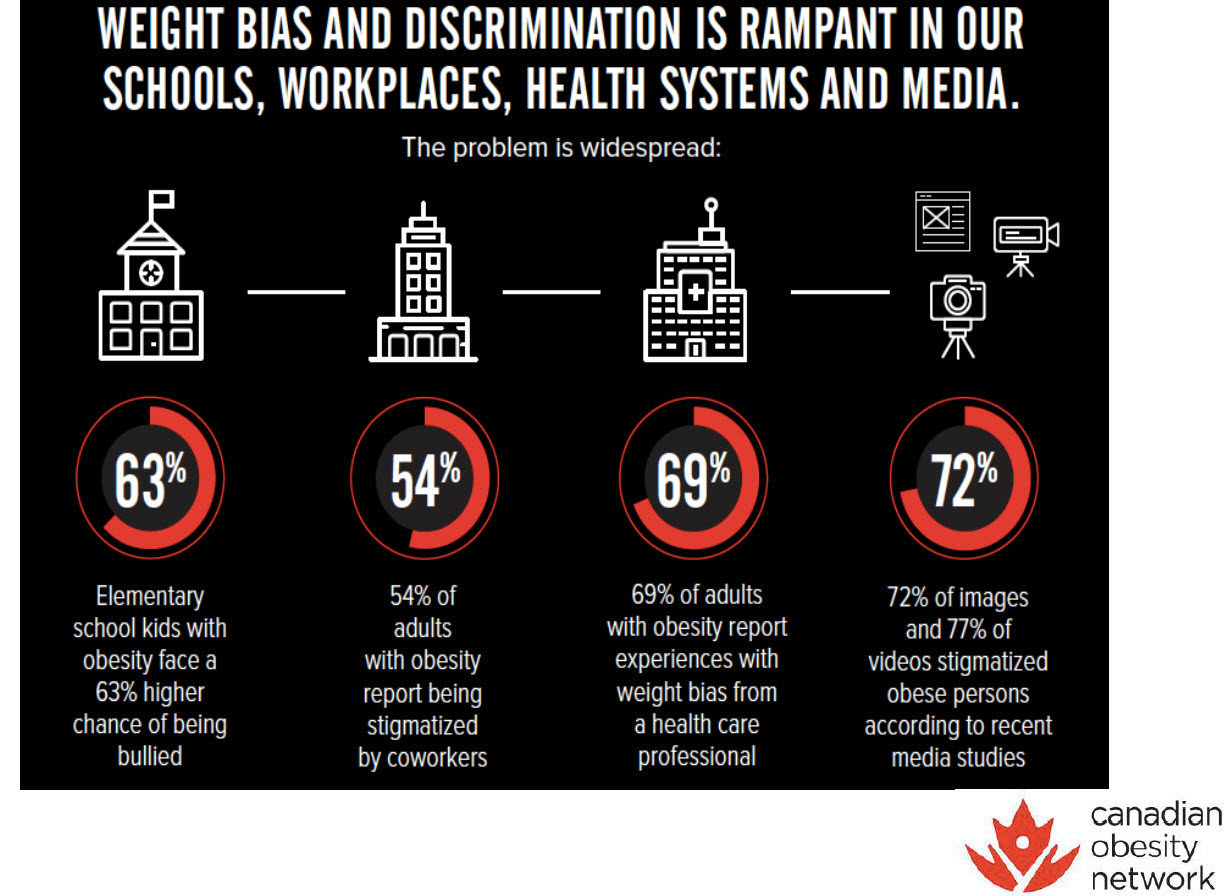
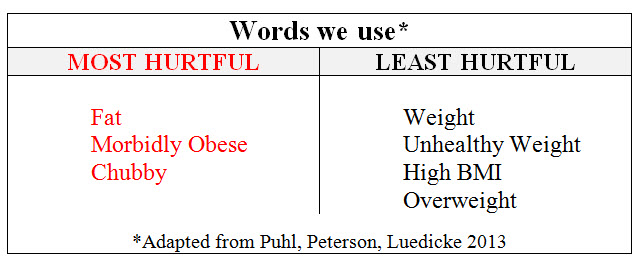


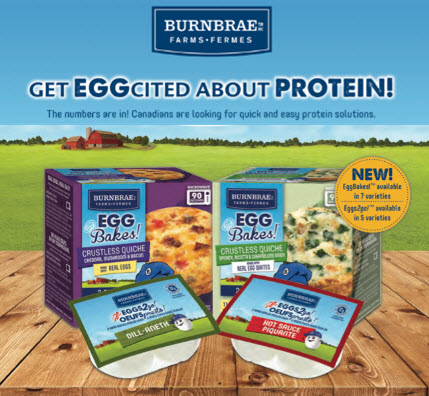
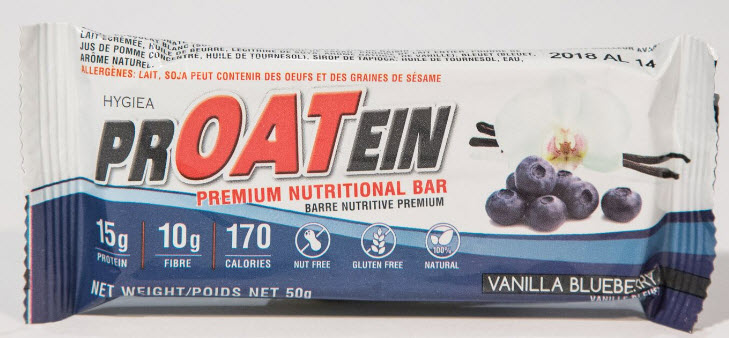
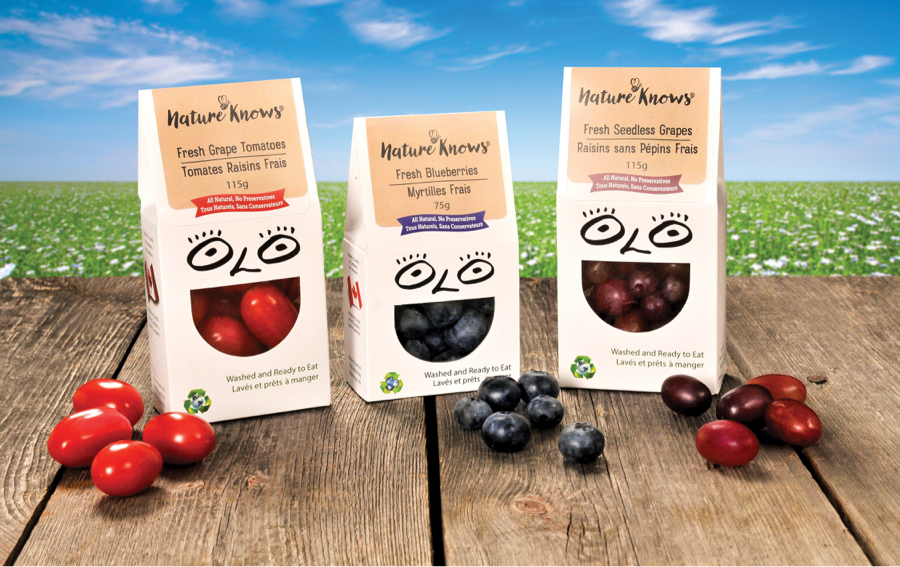



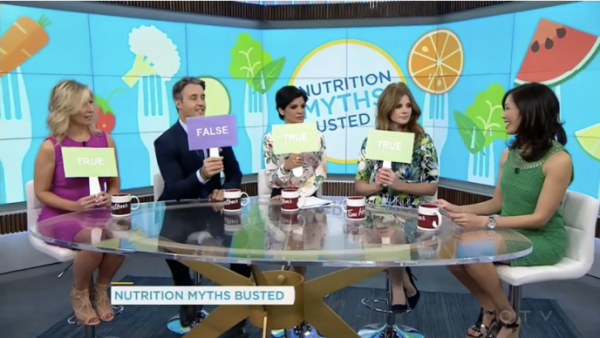

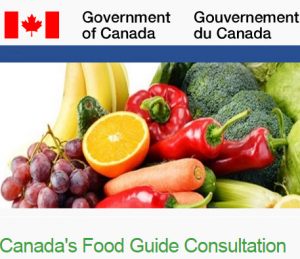 You may have heard the big announcement that Health Canada is revising the Food Guide (CFG) and
You may have heard the big announcement that Health Canada is revising the Food Guide (CFG) and 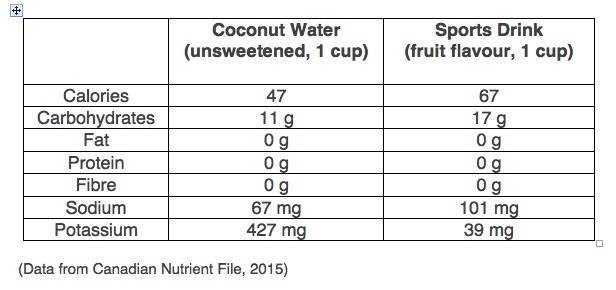
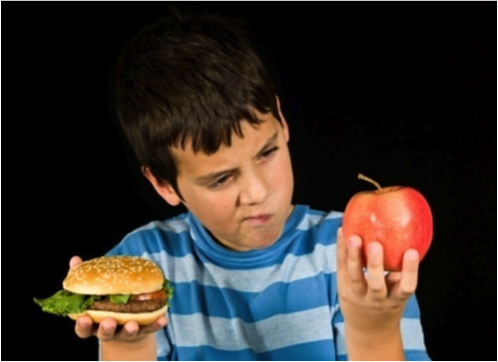
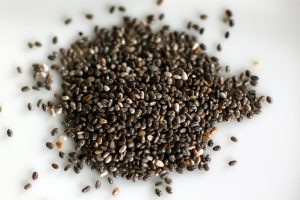
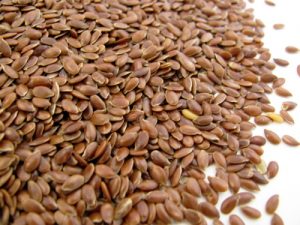
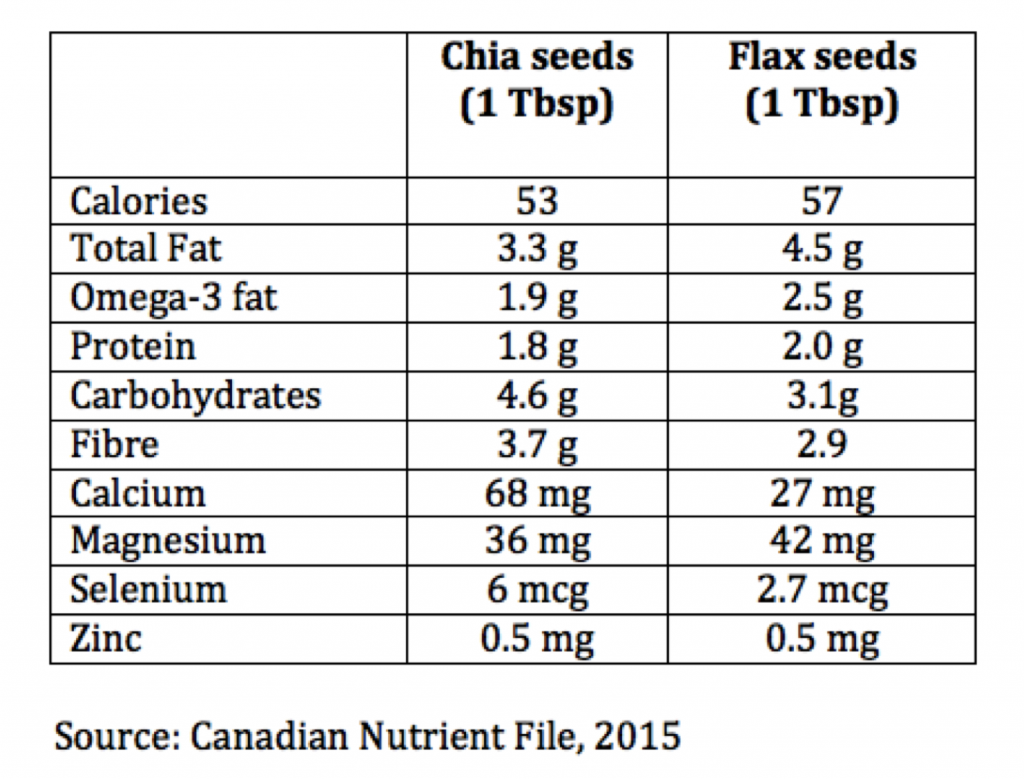
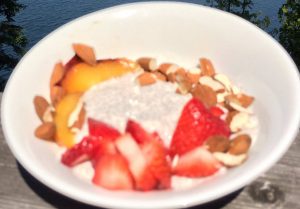 Get this all star easy to follow Chia Seed Pudding recipe we love for breakfast! Make it the night before and boost it with your favourite fruit and nuts. Recipe adapted from The Food Network, courtesy of Giada De Laurentiis.
Get this all star easy to follow Chia Seed Pudding recipe we love for breakfast! Make it the night before and boost it with your favourite fruit and nuts. Recipe adapted from The Food Network, courtesy of Giada De Laurentiis. 

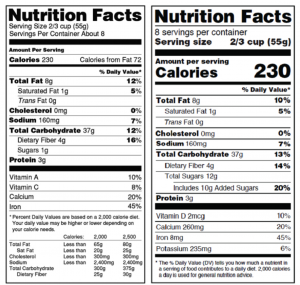
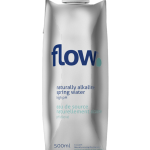 Alkaline water –naturally alkaline water with a high pH. A 500 mL serving contains: 0 calories, 0 g fat, 4 mg sodium 0 g carbohydrates, 0 g protein, 4% DV for calcium. (Top 10 Most Innovative Products for 2015.)
Alkaline water –naturally alkaline water with a high pH. A 500 mL serving contains: 0 calories, 0 g fat, 4 mg sodium 0 g carbohydrates, 0 g protein, 4% DV for calcium. (Top 10 Most Innovative Products for 2015.)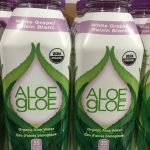 Aloe water – pulp free and sourced in North America. A 450 mL serving contains: 35 calories, o g fat, 0.015 mg sodium, 9 g carbohydrates, 8 g sugars, 0 g protein. (Made with aloe vera inner leaf powder, organic cane sugar, RebA stevia extract.)
Aloe water – pulp free and sourced in North America. A 450 mL serving contains: 35 calories, o g fat, 0.015 mg sodium, 9 g carbohydrates, 8 g sugars, 0 g protein. (Made with aloe vera inner leaf powder, organic cane sugar, RebA stevia extract.)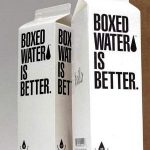 Boxed water – why, because as the package says, “Boxed water is better”. The package tells their story – 78% of the box is composed from trees. No nutrition facts information is shown on the box.
Boxed water – why, because as the package says, “Boxed water is better”. The package tells their story – 78% of the box is composed from trees. No nutrition facts information is shown on the box.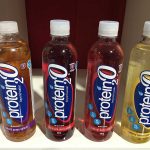 Protein2O – a protein enhanced water. A 500 mL serving contains: 70 calories, 0 g fat, 120 mg sodium, 70 mg potassium, 2 g carbohydrates, 0 g sugars, 15 g whey protein. (Made with sucralose.)
Protein2O – a protein enhanced water. A 500 mL serving contains: 70 calories, 0 g fat, 120 mg sodium, 70 mg potassium, 2 g carbohydrates, 0 g sugars, 15 g whey protein. (Made with sucralose.)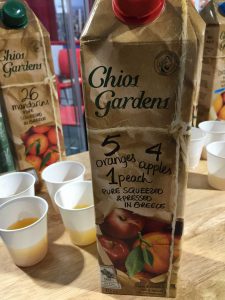
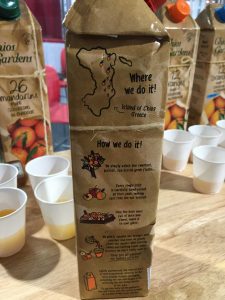
 3. Locally-grown quinoa. Who knew this gluten-free grain could be grown right here in in Ontario? Available in 2016.
3. Locally-grown quinoa. Who knew this gluten-free grain could be grown right here in in Ontario? Available in 2016.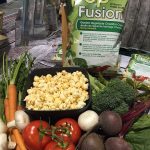 4. Pop Fusion Popcorn. Another local innovation. Popcorn is flavoured with a seasoning blend made from all of the veggies you see in the photo!
4. Pop Fusion Popcorn. Another local innovation. Popcorn is flavoured with a seasoning blend made from all of the veggies you see in the photo! Do you have a good understanding of today’s shopper? At this year’s annual BrandSpark conference, marketing and insight leaders shared these top 7 critical shopper factors.
Do you have a good understanding of today’s shopper? At this year’s annual BrandSpark conference, marketing and insight leaders shared these top 7 critical shopper factors.
 Dr. Ayra Sharma
Dr. Ayra Sharma Ted Kyle
Ted Kyle Sue Mah
Sue Mah We never miss attending SIAL Canada – it’s one of North America’s most important food tradeshows of the year. With 800 national and international exhibitors from 45 countries, this year’s SIAL event welcomed more than 13,000 buyers including Canada’s major retailers and purchasers from around the world who are seeking innovative and great tasting foods for their customers.
We never miss attending SIAL Canada – it’s one of North America’s most important food tradeshows of the year. With 800 national and international exhibitors from 45 countries, this year’s SIAL event welcomed more than 13,000 buyers including Canada’s major retailers and purchasers from around the world who are seeking innovative and great tasting foods for their customers.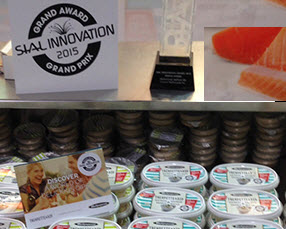 #1 – The winner of SIAL Innovation award went to Malimousse Seafood Dip with Greek Yogurt. The judges liked the dip’s quality, flavour and simple list of ingredients. Right on trend – Congratulations!
#1 – The winner of SIAL Innovation award went to Malimousse Seafood Dip with Greek Yogurt. The judges liked the dip’s quality, flavour and simple list of ingredients. Right on trend – Congratulations!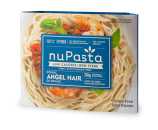 #2 – Nupasta – Konjac Angel Hair is an innovative pasta product that is high in fibre and has 1/10th the calories of regular pasta. Nupasta’s Stephen Cheung tells us that products made from the konjac plant may be new in Canada but are common in Japan. Nupasta is made with konjac root flour and soy flour and is priced like fresh pasta. NuPasta contains 95% water and 5% fibre, yet it tastes great, appears versatile and is ready in 1 minute. This Chinese/Canadian partnership also declares the product as gluten free and non-GMO. Innovation category: component – recipe.
#2 – Nupasta – Konjac Angel Hair is an innovative pasta product that is high in fibre and has 1/10th the calories of regular pasta. Nupasta’s Stephen Cheung tells us that products made from the konjac plant may be new in Canada but are common in Japan. Nupasta is made with konjac root flour and soy flour and is priced like fresh pasta. NuPasta contains 95% water and 5% fibre, yet it tastes great, appears versatile and is ready in 1 minute. This Chinese/Canadian partnership also declares the product as gluten free and non-GMO. Innovation category: component – recipe.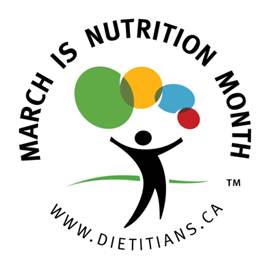 According to a poll by Ipsos Reid, 45% of Canadians say that eating healthy meals and snacks while at work is challenging. Are your 9 to 5 eating habits helping or hindering your productivity? Let us show you how healthy eating can boost your concentration, productivity and overall wellness.
According to a poll by Ipsos Reid, 45% of Canadians say that eating healthy meals and snacks while at work is challenging. Are your 9 to 5 eating habits helping or hindering your productivity? Let us show you how healthy eating can boost your concentration, productivity and overall wellness.

 Camelina Oil – Extracted from the Camelina sativa oilseed, camelina oil is about 90% unsaturated fat, with 39% omega-3 fat and 18% omega-6 fat. The oil boasts light, nutty and earthy notes. With a high smoke point of 475°F, camelina oil is versatile and can be used in salads, dips, dressings and marinades as well as cooking.
Camelina Oil – Extracted from the Camelina sativa oilseed, camelina oil is about 90% unsaturated fat, with 39% omega-3 fat and 18% omega-6 fat. The oil boasts light, nutty and earthy notes. With a high smoke point of 475°F, camelina oil is versatile and can be used in salads, dips, dressings and marinades as well as cooking.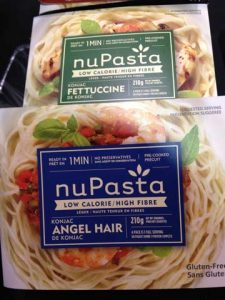 Nu Pasta – This gluten-free pasta is made from the konjac plant. It’s a type of tuber plant, which grows on slopes about 600 to 12,000 m above sea level. The root of the konjac plant is dried and milled into a fine flour which is the main ingredient of the pasta. A 210 g package contains: 25 calories, 1 g fat, 0 mg sodium, 6 g carbohydrates, o g sugar, 6 g fibre, and 1 g sugar. We sampled it in a stir-fry with garlic and pine nuts, which was a nice way to perk up the flavour.
Nu Pasta – This gluten-free pasta is made from the konjac plant. It’s a type of tuber plant, which grows on slopes about 600 to 12,000 m above sea level. The root of the konjac plant is dried and milled into a fine flour which is the main ingredient of the pasta. A 210 g package contains: 25 calories, 1 g fat, 0 mg sodium, 6 g carbohydrates, o g sugar, 6 g fibre, and 1 g sugar. We sampled it in a stir-fry with garlic and pine nuts, which was a nice way to perk up the flavour. Liquid Nitrogen Ice Cream – What do you get when you add milk, cream, sugar and -196°C liquid nitrogen? Ice cream, of course! It’s the coolest and coldest way to make ice cream, and it’s all ready in less than 60 seconds. Liquid nitrogen is simply the harmless nitrogen gas which has been cooled to such a low temperature that it becomes a liquid. We happily sampled the Pumpkin Spice Ice Cream – it was delicious!
Liquid Nitrogen Ice Cream – What do you get when you add milk, cream, sugar and -196°C liquid nitrogen? Ice cream, of course! It’s the coolest and coldest way to make ice cream, and it’s all ready in less than 60 seconds. Liquid nitrogen is simply the harmless nitrogen gas which has been cooled to such a low temperature that it becomes a liquid. We happily sampled the Pumpkin Spice Ice Cream – it was delicious!
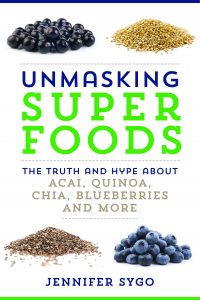 It’s not always easy to find a nutrition book that’s easy to read and backed by credible research. But Sygo does just that. In Unmasking Superfoods, Sygo separates the truth from the hype behind some of today’s superfoods such as acai, noni, quinoa and the increasingly popular coconut oil.
It’s not always easy to find a nutrition book that’s easy to read and backed by credible research. But Sygo does just that. In Unmasking Superfoods, Sygo separates the truth from the hype behind some of today’s superfoods such as acai, noni, quinoa and the increasingly popular coconut oil.